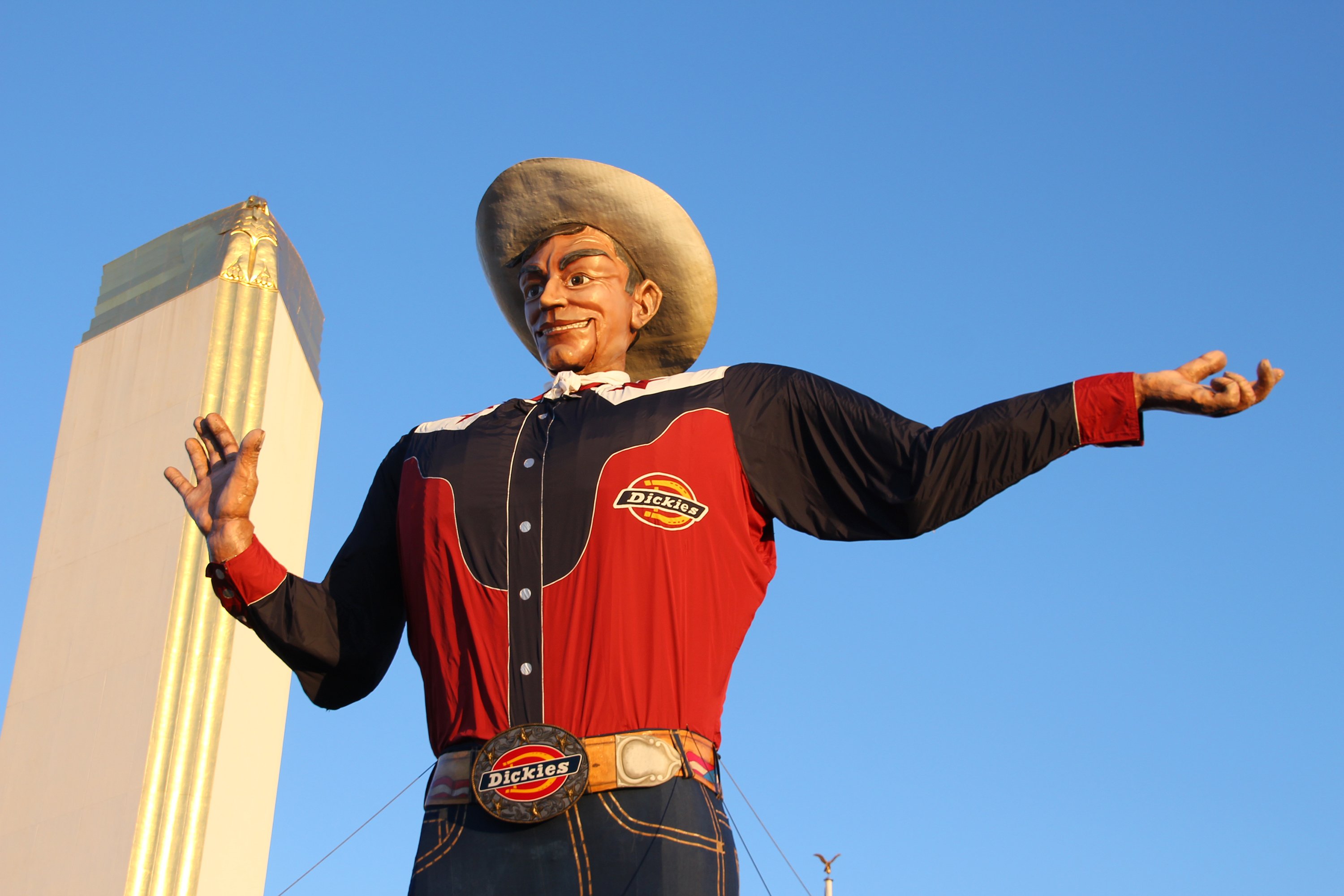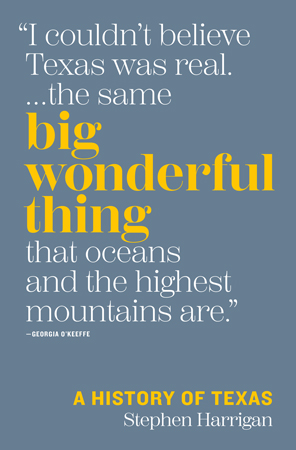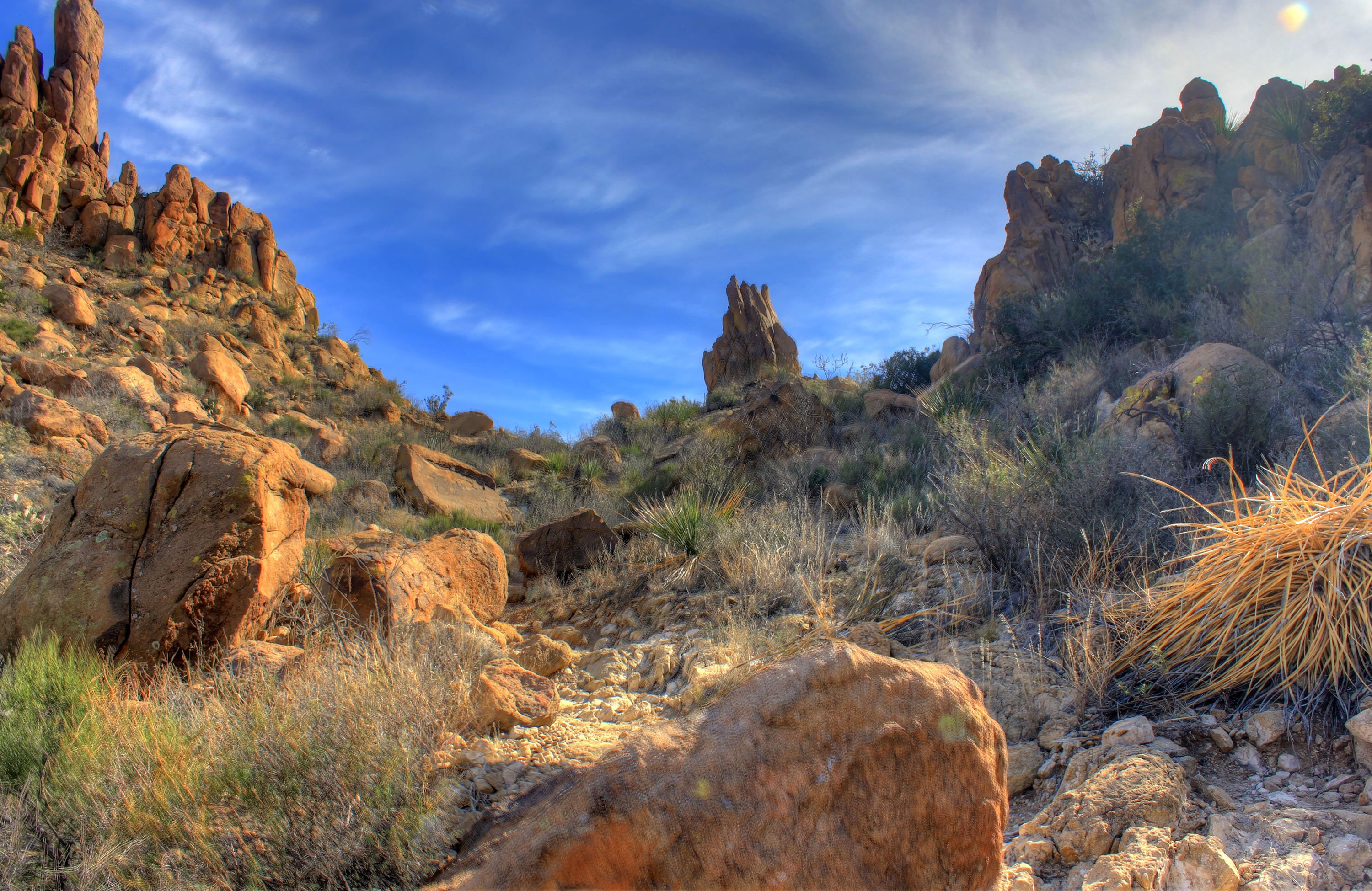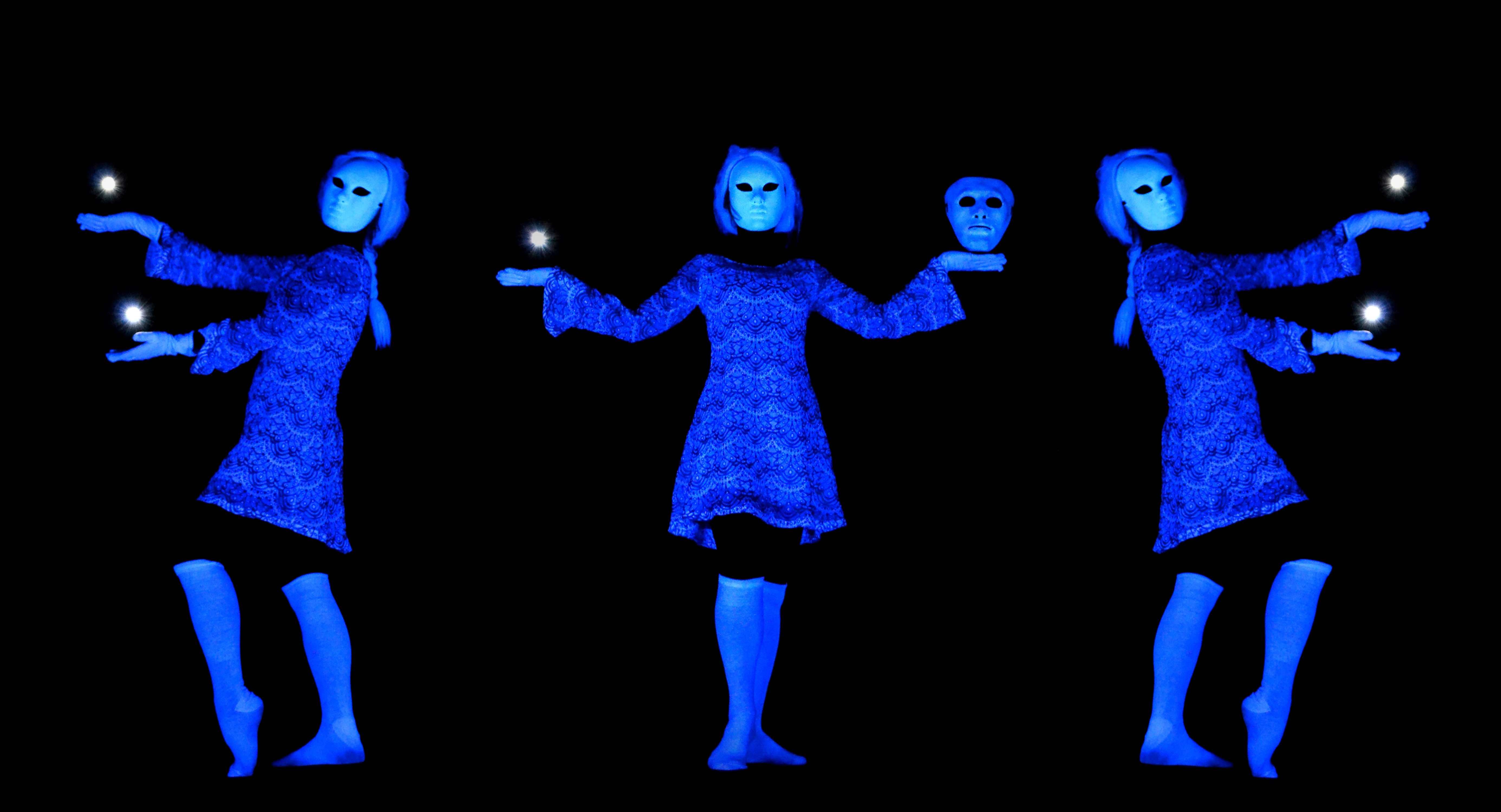
‘Big Wonderful Thing’ Valianty Fits Much of Texas History Into a Single Book
Stephen Harrigan forgoes a sweeping narrative and instead opts for finely etched anecdotes to explain the state’s epic history.
Above: Big Tex at the 2012 State Fair of Texas.
Alaska leads in area, California in population, but Texas surpasses all other states in swagger, strut, and self-regard. This (partly) explains why the catalog of books about the state is so vast, and why those books tend to sprawl. T.R. Fehrenbach’s 1968 tome, Lone Star: A History of Texas and the Texans, extended to 792 pages, perhaps because he saw fit to begin his magisterial account millions of years ago, in the Pleistocene. Now, nearly 50 years later, Stephen Harrigan’s own Texas retrospective, Big Wonderful Thing: A History of Texas, manages to outdo Fehrenbach and fill 944 pages, all while skipping centuries of history Fehrenbach saw fit to include, and choosing instead to start in 1528, when hapless, naked, starving Spaniards led by Pánfilo de Narváez washed ashore on Galveston Island.
Historians must tell stories, and Harrigan’s challenge is to find a pattern in the formless flow of events. Instead of a sweeping—even inspiring—narrative, he settles for a series of finely etched anecdotes that often proceed as non sequiturs, albeit sometimes delightful ones. At one point, he announces, without explanation: “It’s time to talk, briefly, about chili.” After four paragraphs about the state’s official dish, he proceeds to discuss international oil prices, then a scheme by Bunker and Herbert Hunt to corner the silver market, then Bill Clements and other governors.

By Stephen Harrigan
University of Texas Press
$35; 944 pages
Buy the book here.
Harrigan is at his best when he concentrates on the state’s abundance of big personalities, offering up a gallery of Texas scoundrels, psychopaths, and incompetents. There’s David Burnet, president of the Republic of Texas, who appointed to his cabinet “perhaps the most imbecile body that ever sat judgment on the fate of a nation”; John Wesley Hardin, the “Grand Mogul of Texas desperadoes”; Roy Bean, the bibulous, contentious justice of the peace who once extracted $40 from a corpse as a fine for carrying a concealed weapon; Colonel Ranald Slidell Mackenzie, who ordered 1,150 horses shot lest they fall into the hands of the Comanches and Kiowas he pursued into Palo Duro Canyon; W. Lee “Pappy” O’Daniel, the radio announcer who was elected governor despite utter ignorance of how to govern; and many more.
Big Wonderful Thing discusses land grants and oil depletion allowances, but it is not an economic history. The lives of Bob Wills, Katherine Anne Porter, Selena Quintanilla, and Roy Orbison show up in its pages, but this is not a cultural history; missing is any mention of the Alley Theatre, Houston Grand Opera, Flaco Jiménez, Kimbell Art Museum, Van Cliburn, Robert Rauschenberg, Richard Linklater, Harry Ransom Center, or Tomás Rivera. In fact, there is so much more Harrigan could have included that he feels compelled to use the epilogue to Big Wonderful Thing to mention matters he was not able to work in earlier: whooping cranes, prairie dogs, Larry McMurtry’s bibliophilia, Janis Joplin, Huntsville penal facilities, the Enron scandal, Czech painted churches. Texas is such a big and wondrous thing that merely chronicling what happened is easier than finding a focus.
Harrigan borrows the title to his history of the state from Georgia O’Keeffe, who, upon moving to Canyon to teach art at what is now West Texas A&M University, exclaimed: “I couldn’t believe Texas was real. . . . the same big wonderful thing that oceans and the highest mountains are.” Harrigan, author of The Gates of the Alamo and a longtime Texas Monthly writer, takes a more jaundiced view, closer to the disenchantment of Kate Stone, who, in the diary she kept during the Civil War, wrote: “There must be something in the air of Texas fatal to beauty.”
Harrigan is at his best when he concentrates on the state’s abundance of big personalities, offering up a gallery of Texas scoundrels, psychopaths, and incompetents.
Harrigan doesn’t succumb to hagiography of the state. He regards what happened at the Alamo as “a minor battle on the fringes of a minor war,” and makes Texas history seem like a concatenation of atrocities and catastrophes. Even avid armchair historians will learn something, whether it’s the Massacre on the Nueces, in which 37 German immigrants were shot to death because of their anti-slavery sentiments, or the Great Hanging, in which dozens of Cooke County residents suspected of Union sympathy were lynched. Big Wonderful Thing is also careful to include stories that have too often been written out of mainstream Texas history, such as the Klan assault on the town of Millican that left about 60 black people dead, and the Texas Rangers’ lethal pogroms against Tejano landowners.
Those who glorify Texas history and the Old South will find an uglier, more complex story here. The Texians’ primal sin was slavery, which, despite their clamor for “freedom,” impelled them to revolt against Mexico, which had outlawed the peculiar institution. According to John Quincy Adams, the Texas Revolution was “a war for the re-establishment of slavery.” A belief in white supremacy later led Texas to renounce its short-lived independence and join the Confederacy, react violently to Reconstruction, and resist desegregation well into the 1950s.
Inspired by his travels around the state, Harrigan exclaims that “every single mile thrums with history.” He keeps his book thrumming with a trenchant style and a personal touch, describing what notable historic sites look like today and noting his own connections to historical figures. Growing up in Corpus Christi, he counted both Joe Dawson, a hero of D-Day, and Hector Garcia, a founder of the G.I. Forum, as neighbors, and his daughters are friends of Barbara and Jenna Bush.
Harrigan concedes that he is a magazine writer and novelist, not a professional historian—and this is why he brings an appealing humility to the impossible task of cramming a raucous, vicious, glorious state into one big, wonderful book.
Read more from the Observer:
- Signs and Blunders: In 1918, a state-sanctioned vigilante force killed 15 unarmed Mexicans in Porvenir.
- If These Walls Could Talk: The pictographs of the Pecos River have lasted millennia in a tempestuous desert, surviving mostly in silence. Now an archaeologist has cracked the code — and they can begin to speak again.
- Where the Bodies are Buried: In 1910, East Texas saw one of America’s deadliest post-Reconstruction racial purges. One survivor’s descendants have waged an uphill battle for generations to unearth that violent past.


